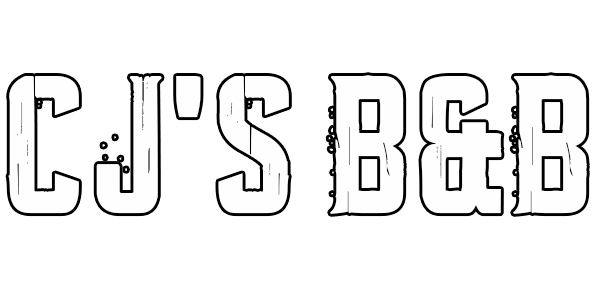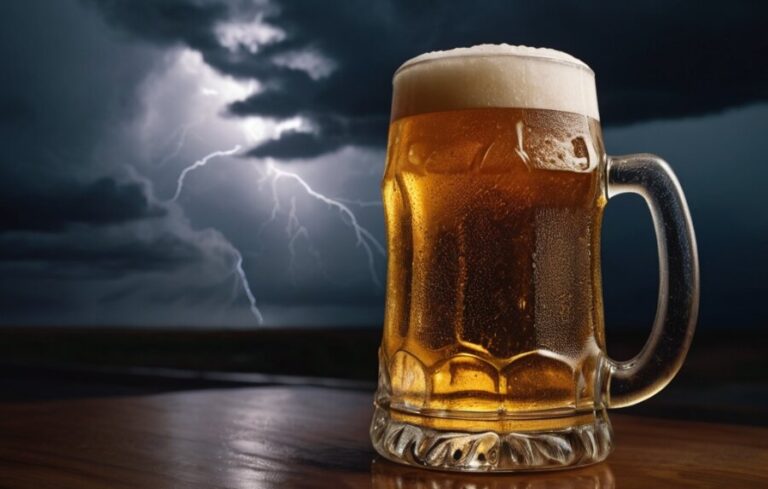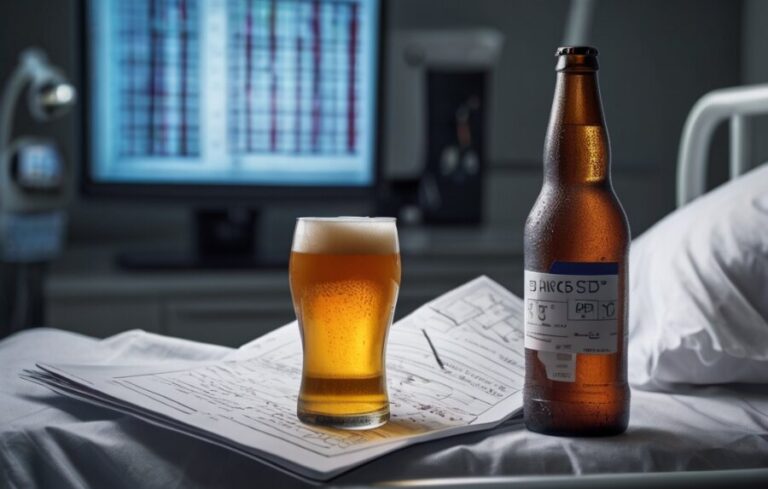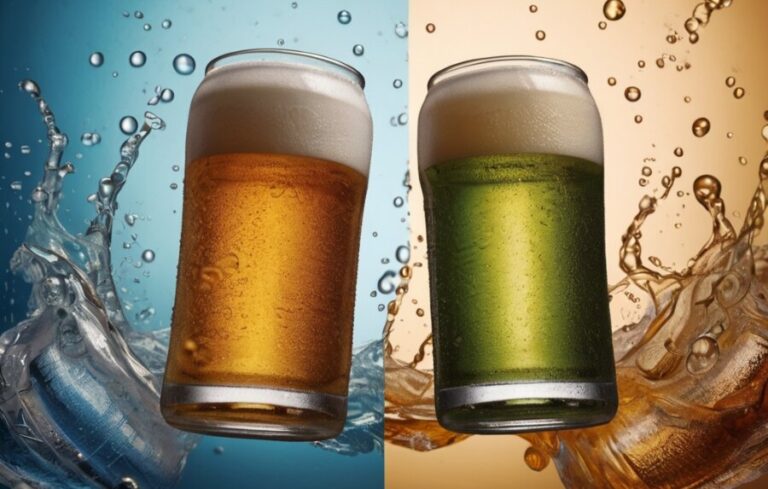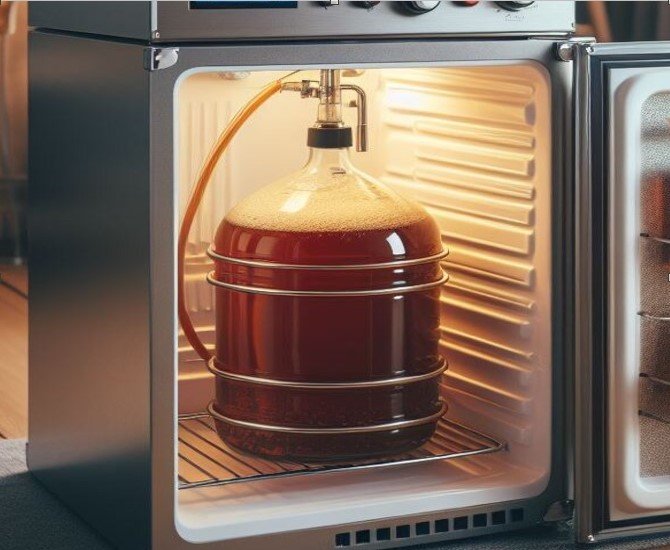Our evaluations and product assessments are conducted using a thorough and unbiased approach. Should you choose to buy any items through our provided links, we might receive a commission Read our disclosures.
Tackling Flat Beer
Homebrewing can feel like playing a game where even if you do everything right, sometimes the beer just refuses to sparkle. Nothing is more disheartening than eagerly cracking open a bottle of homebrew beer flat, only to be greeted by a drink as flat as the Texas plains. Let’s dive into why this happens and how to avoid it next time.
Why Your Beer Might Be Flat
Flat beer usually means it’s missing carbonation, and that can happen for a bunch of reasons. The most common reason? Not giving it enough time. Your brew needs at least two weeks in the bottles to get that fizzy magic going. Patience, my friend—rushing this step is a rookie mistake Mr. Beer.
Understanding the concept of homebrew beer flat can help you troubleshoot and enhance your brewing process.
Another culprit could be your priming sugar. This is the sugar you mix in before bottling to help the yeast create CO2. If you’re skimping on the sugar, your yeast won’t have enough fuel to get the job done.
And then there’s the yeast itself. Maybe you accidentally nuked it while bottling with hot liquids, or some “no rinse” sanitizer residue is lingering around. Either way, dead or stunted yeast can’t make bubbles Homebrewing.org.
| Flat Beer Cause | Description |
|---|---|
| Not Enough Time | Needs a two-week nap in bottles to get fizzy. |
| Missing Priming Sugar | Not enough sugar means no CO2 for carbonation. |
| Yeast Problems | Yeast might be dead from heat or sanitizer residues. |
How Flat Beer Affects Taste
A flat beer is more than just a letdown in the bubble department. It can mess with the overall experience. That fizz does more than just tickle your tongue; it lifts the aromas and enhances the flavors of your brew. Without it, the beer can taste syrupy, overly sweet, or just plain off-balance.
No bubbles can also make your beer feel like it’s lacking life. The flavors can fall flat, leaving you with something that tastes as exciting as a wet cardboard. The right carbonation can make or break your brew’s character, turning it from “meh” to memorable.
So, with a little patience and some careful attention to those final steps—yeast health and sugar dosing—you can skip the flat beer blues and enjoy brews that pop with life.
For more brewing tips, check out our article on fixing off-flavors in homebrew. Oh, and keep your gear spotless; flat beer can be a sign that it’s time for a good scrub. Cheers!
Troubleshooting Your Beer-Brewing Blues
When I think I’ve nailed my homebrew, finding flat beer is like stepping on a Lego barefoot—unexpected and painful. But don’t fret! Flat beer usually points to two main culprits: not enough priming sugar or sleepy yeast. Let’s dig into how we can tackle these hiccups.
Skimping on the Sugar
Sugar isn’t just for sweet tooths; it’s the magic dust for your beer’s fizz! Priming sugar is what the yeast munches on to produce carbon dioxide (CO2) during the carbonation process. No sugar means no fizz, which sadly means flat beer.
Here’s how much sugar you need to hit the sweet spot:
| Batch Size (Gallons) | Priming Sugar (Corn Sugar) |
|---|---|
| 1 | 3/4 oz (21 g) |
| 2 | 1.5 oz (42 g) |
| 5 | 4.5 oz (128 g) |
| 10 | 9 oz (256 g) |
Miss-matching these amounts is like baking cookies without enough flour—it just won’t work. Plus, don’t rush it! Give your beer a solid two weeks in the bottles to carbonate properly. Trust me, good things come to those who wait (Mr. Beer).
Yeast Nap Time
Yeast, those tiny little critters, do all the heavy lifting in your beer. But if they’re dead or just plain lazy, your beer goes flat. Sometimes, the yeast can meet its untimely demise due to excessive heat during bottling or residual cleaner in the bottles.
To keep yeast happy and thriving, I make a point of ditching any cleaner residues:
- Rinse those “no rinse” sanitizers really well.
- Give your bottles a good clean with dish soap and a bottle brush.
- Sanitize right before use to knock out any lingering nasties (Homebrewing.org).
After sealing my beer, I give the bottles a little squeeze to check for leaks. Air sneaking out = flat beer sadness. Leaky bottles need to be benched for the next bottling round (Mr. Beer).
So, next time you sip your homebrew to find it flat, don’t lose heart. Just kick up the sugar and keep those yeasties alive and kicking. Soon, you’ll be pouring perfectly carbonated, refreshing beer like a pro. Cheers!
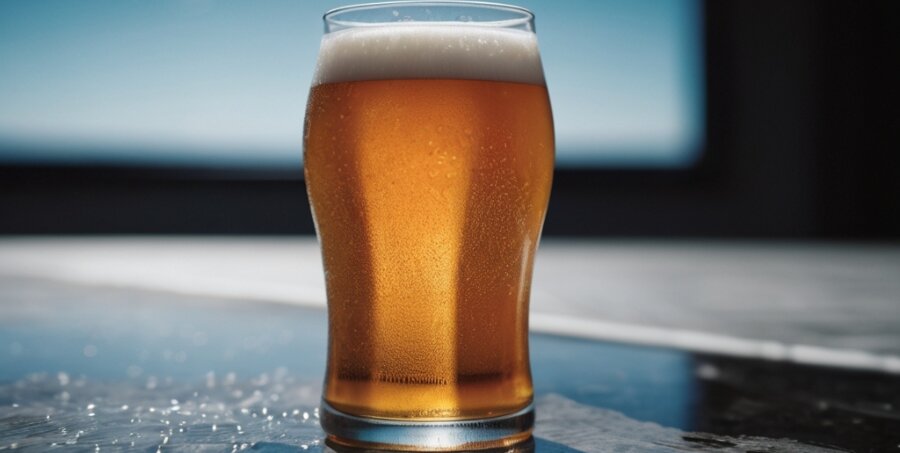
Make Sure to Avoid Flat Beer! ?
When making my own beer, I don’t want to end up with flat brews—instead, I want drinks bursting with fizz! A huge part of nailing that involves taking some key steps before getting to the fun part of drinking. It’s all about clean bottles and picking the right ones. Let’s get into the nitty-gritty.
Clean Those Bottles Like Your Life Depends on It
Cleaning and sanitizing bottles is the first battle in the war against flat beer. I start by using some dish soap and a bottle brush to scrub the heck out of the bottles. Here’s how I roll:
| Step | What to Do |
|---|---|
| 1. Scrub | Hit the bottles with dish soap and that trusty bottle brush to clear out gunk. |
| 2. Rinse | Rinse, rinse, rinse—gotta get all that soap out. |
| 3. Sanitize | Use a proper sanitizing solution to zap any remaining nasties. |
If you skip this, you might end up with weird-tasting beer or, worse, a brew that’s just plain undrinkable. Curious about common homebrew hiccups? Check out this on off-flavors. Trust me, you don’t want to deal with those!
Pick the Right Bottles, or Else
The bottle game is real. I always go for bottles made for brewing, as these bad boys can handle the pressure. Here’s my lowdown on bottles:
| Type | Pros | Cons |
|---|---|---|
| Glass | Good for multiple uses and handles pressure well | Can break if you’re not careful |
| Plastic | Light and handy, less prone to break | Usually one-and-done, doesn’t love pressure |
Before everything, I give my bottles a good once-over for any damage—cracks, chips, you name it. And, of course, make sure they don’t smell funky and are bone dry. Otherwise, you can kiss your fizz goodbye.
For more common issues, don’t miss out on my piece about cloudy beer.
By following these steps, I’ve dodged many flat beer disasters. These simple but crucial habits keep my brews in tip-top shape, making each sip a fizzy delight. Cheers to better homebrewing! ?
Fixing Flat Beer: Tricks That Work
Brewing beer at home is a blast, but it’s a real bummer when your brew falls flat—literally. Over the years I’ve picked up a couple of tricks that can breathe life back into my beer and get those bubbles popping.
Cranking Up the Chill Factor
One thing that always helps me is tweaking the temperature. When my beer’s flat, I jack up the pressure to about 35 psi and chill it down to around 35 degrees Fahrenheit. This move nudges the carbon dioxide into the beer faster, letting me enjoy a sparkly brew long before I’d if I waited it out. This isn’t just my hack; plenty of homebrewers swear by this trick. And hey, if you’re running into other hiccups, dive into these off-flavors in homebrew for some quick fixes.
| Action | Pressure | Temperature |
|---|---|---|
| Carbonate Flat Beer | 35 psi | 35°F |
Sprinkle Some Yeast Magic
Sometimes, though, even the best-laid plans fall short. If my beer’s still flat, I give it a sprinkle of fresh yeast. Could be the original yeast kicked the bucket, or maybe I accidentally gave it the boot during bottling. Adding a touch of fresh yeast usually does the trick. After this, patience is key—give it at least 2 weeks to bubble up (Mr. Beer).
Another pro tip? Check for any sneaky leaks. Gently squeeze the bottles to see if any air escapes. If so, swap those bottles out to keep the carbonation locked in. For more brewing wisdom, check out info on homebrew beer cloudy or homebrew beer too sweet.
These simple tweaks have really upped my brewing game. Try them out and say goodbye to flat beer!
Other Things to Look Out For
If your homemade beer’s turned flat, there’s a bit more to think about. Besides the classic carbonation lag and the tricky wort chemistry, there’s a lot at play.
Slow Carbonation Blues
Pop a bottle and it’s flat? Bummer. Here’s why:
- Not Enough Yeast: Yeast munches on that priming sugar to give you fizz. If there’s not enough yeast, your beer stays quiet.
- Chilling Out Too Soon: Moving bottles to a cool spot too early? Yeast goes into nap mode, and no CO? gets made.
- Weak Stirring Skills: If the priming sugar didn’t mix well, some bottles might be duds.
- Skipping Sugar: Forgetting to add priming sugar? Say hello to flat beer.
- Low Gravity: Bad mix of wort and water can drop the gravity, reducing your fizz potential.
Use this cheat sheet:
| Factor | Result |
|---|---|
| Not Enough Yeast | Flat city |
| Early Chill | Yeast snooze fest |
| Poor Sugar Mix | Mixed results (literally) |
| No Priming Sugar | Zero fizz |
| Low Original Gravity | Weak bubbles |
The Wort Chemistry Puzzle
Wort science ain’t easy, but nailing it is key to good brew. Your beer’s flavor balance is a dance of sweet and bitter, guided by the BU:GU ratio.
- High BU:GU: More bitter.
- Low BU:GU: Sweeter side.
Keeping these in mind helps avoid surprises. If your beer tastes off or oddly sweet, check your wort balance. And for more nitty-gritty on brew hiccups, check out our deep dives on off-flavors in homebrew, beer turning cloudy, beer too sweet, and the dreaded beer infections.
Tips from Seasoned Brewers
Community Wisdom and Practical Solutions
Let’s get right to the nitty-gritty. From the HomeBrew Talk forum, here are some real gems to keep your homebrew from falling flat. Experienced brewers always stress the basics: nail the fermentation process and keep your yeast happy. Don’t forget to check those carbonation levels and give your brew some chill time before chugging it. Following this crowd-sourced wisdom has seriously upped my brewing game.
Here’s a cheat sheet from the forum:
| Tip | What’s It All About? |
|---|---|
| Check Fermentation | Make sure fermentation’s fully done before bottling. |
| Healthy Yeast | Keep that yeast in top shape; repitch if it’s slacking. |
| Carbonation Levels | Use a tool to keep tabs on your carbonation. |
| Patience Pays Off | Give it 1–2 weeks of conditioning before tipping it into a glass. |
For deeper dives into issues, like off-flavors in homebrew, check out those forum threads.
Tips from the Pros
The pros have their own tricks for perfect fizz. Reading up, a lot of them are big on letting carbonation take its sweet time, especially with bottling. But there’s a faster way: switch to kegs for carbonation. It’s all about physics instead of just biochemistry, so you get spot-on bubbles quicker. Check out a carbonation chart to fine-tune that pressure and temp, and you’ll hit your carbonation sweet spot in 7–10 days.
Another nifty pro tip is the “crank and shake” method with the keg. Shave off carbonation time and get sipping faster.
For more on dodging common brewing blunders, see our detailed pages on cloudy homebrew, too-sweet homebrew, and infected homebrew. These resources have the know-how to fine-tune your brewing.
So, there you go—some handy hacks to keep your homebrew top-notch! If you ever hit a snag, remember, there’s a whole community out there to lend you a hand. Happy brewing, folks

